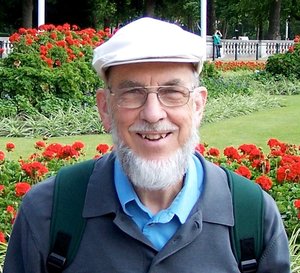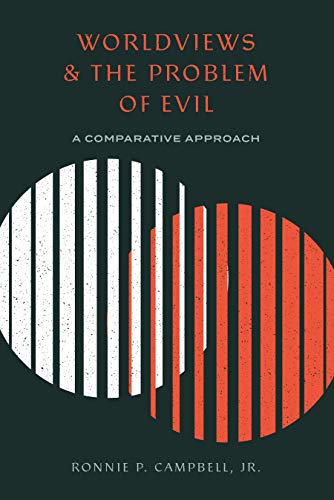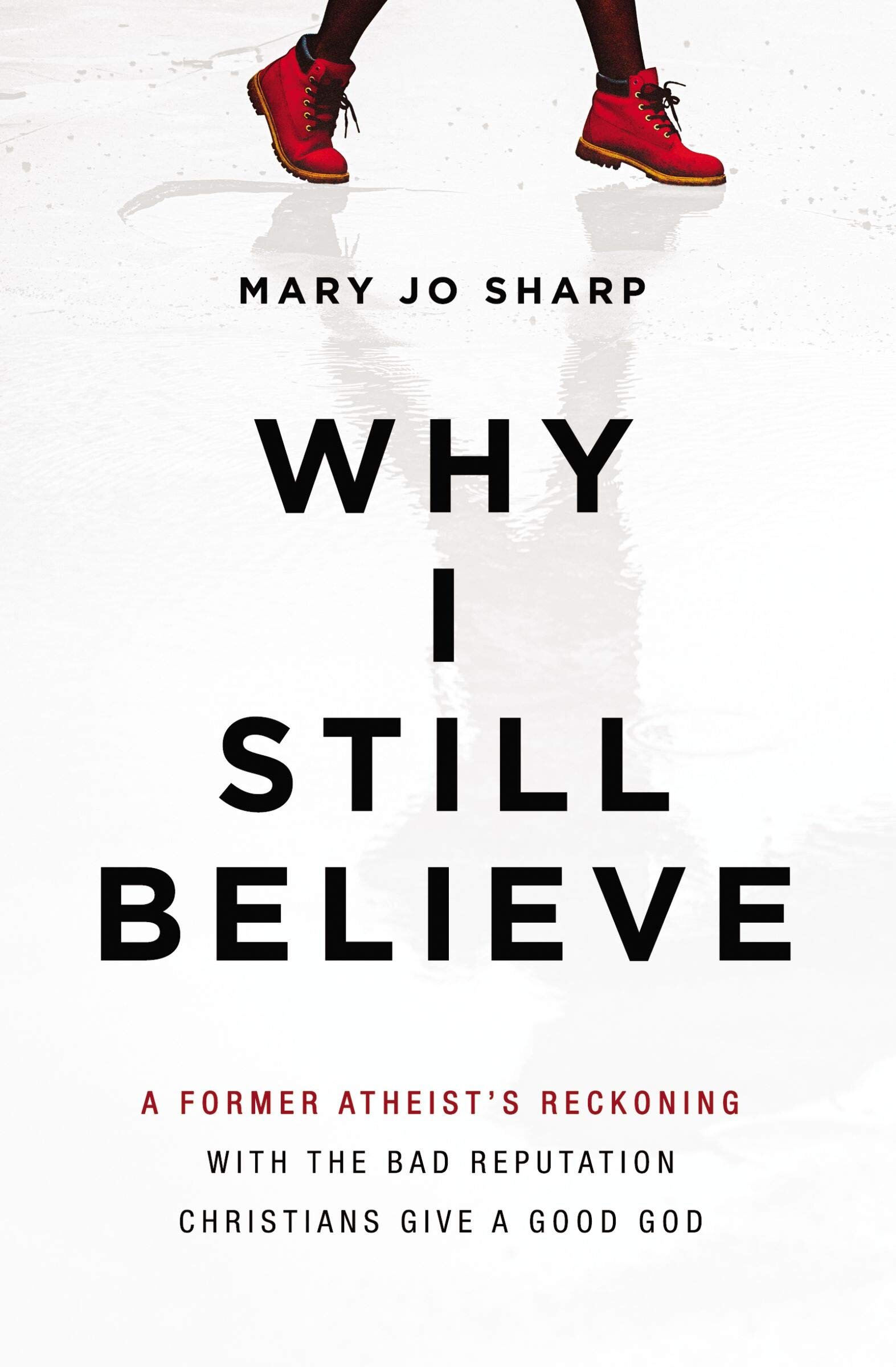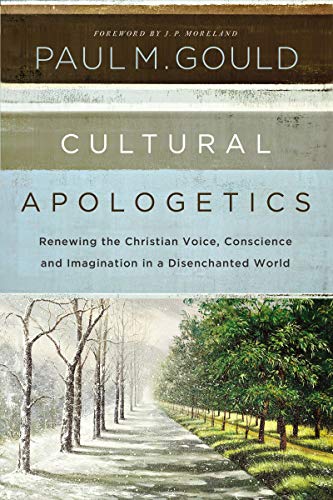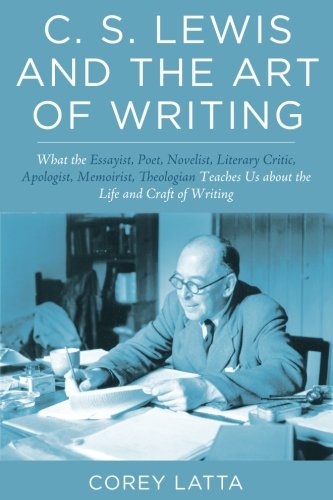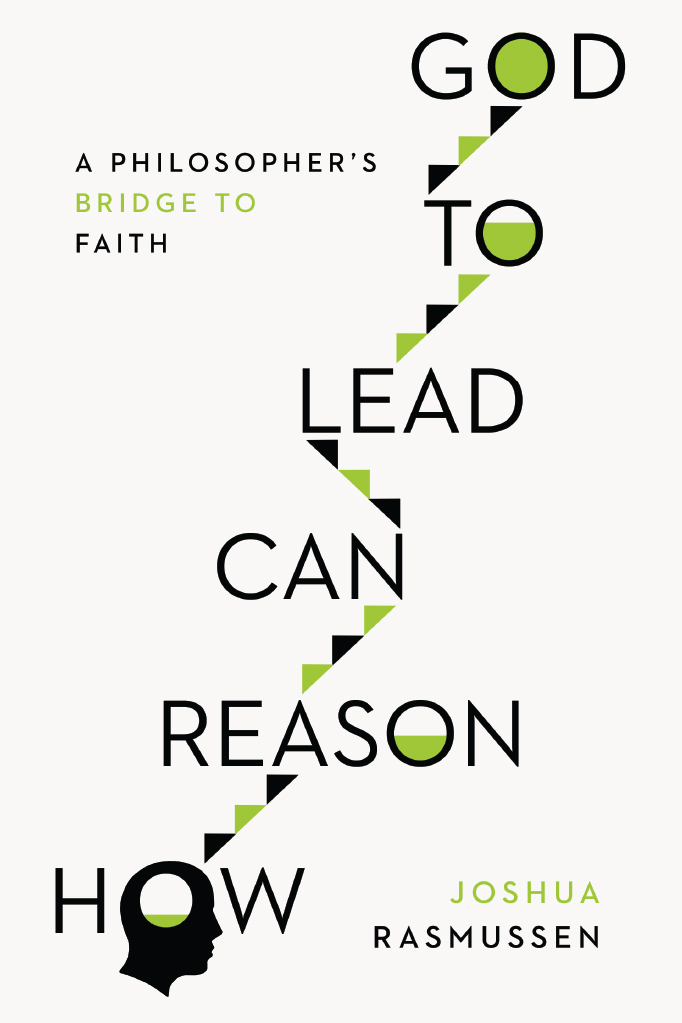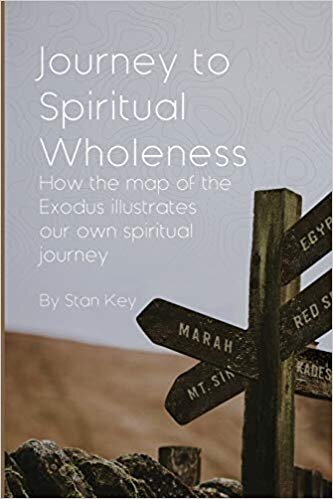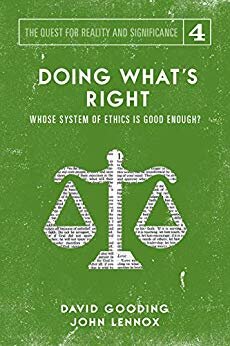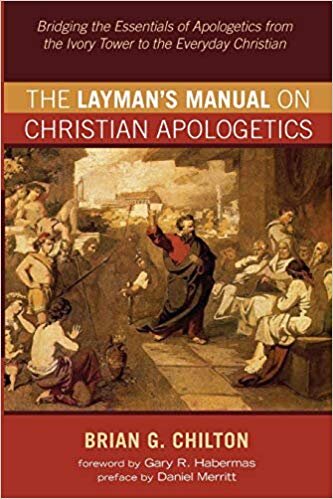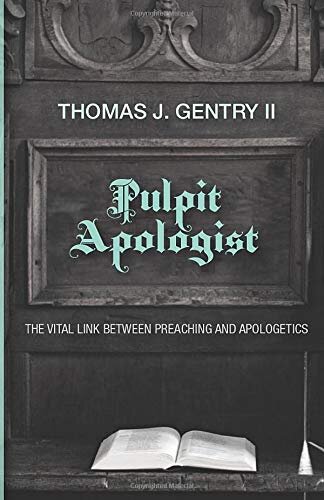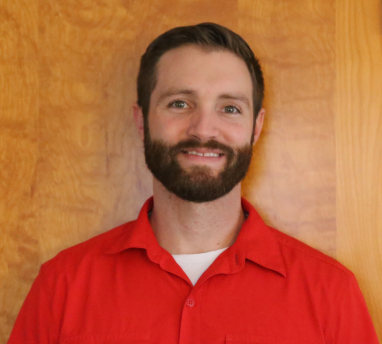New Developments in Moral Apologetics, Part I
/We here at MoralApologetics.com are enthusiastic to note some of the most exciting new work on the moral argument. Convinced a real movement is afoot, we wish to make a brief chronicle of these developments and bolster those interested in joining this expansive project to feel the freedom and encouragement to do so. This is the first of several posts that will do just that. We want to provide community for folks interested in exploring the moral argument, fleshing out new variants, defending versions against objections, extending the argument beyond generic theism to something distinctively Christian, and other exciting ventures besides. This is indeed a job for a community.
To this end, my wife and I are moving from Liberty University to Houston Baptist University this summer, and as part of our move we get to start a Center for Moral Apologetics. This website will be part of that Center and thus begin to fall under the auspices of HBU. In time we hope the Center is able to provide scholarships, degree programs, conferences, lectureships, and even an endowed Chair in Moral Apologetics. We hope it can become the central hub for this real and exciting emerging movement of thinkers (from a variety of disciplines) devoted to thinking through aspects of the moral argument for God’s existence and essential goodness.
What follows is by no means an exhaustive list of new developments. Those pursuing other new directions are encouraged to let us know; we would relish the chance to put a highlight on your work and give you an opportunity here at the site to share your work with others interested in this exciting topic. It’s a great time to be a moral apologist; lots of cutting-edge work is to be done, and done in a supportive, encouraging community for the glory of God. Some of the folks whose work mentioned below are younger scholars, while others are veterans in the field. What’s especially exciting to us is the growing number of a wide variety of scholars who feel compelled to contribute something to this vitally important conversation. In this first post, I’ll make mention of Jordan Hampton, Chan Arnett, and Paul Moser.
Jordan Hampton is doing us all a valuable service by intentionally interviewing a number of moral apologists at his website CrashCourseApologetics—including Paul Copan, Matthew Flannagan, metaethicist extraordinaire Terence Cuneo, Bobby Conway, and my wife and me. Kudos to Jordan for his generosity, interest, investment of time and energy, and his marvelous spirit. A dear friend, Chan Arnett, founder of Faithful Apologetics, is another big moral argument enthusiast. His excitement about apologetics generally and moral apologetics particularly is veritably infectious and always such an encouragement.
So let’s get the ball rolling! First a small disclaimer: as we make mention of various folks doing work in moral apologetics broadly construed, we are not thereby suggesting that we agree with everything that such thinkers say; we undoubtedly resonate with at least some of it, but it’s not our intention to say we agree with all of it. But we needn’t agree with all of it to see such folks as important allies in our quest and part of this community.
I recently watched an interview Loyola professor of philosophy Dr. Paul Moser gave in a podcast to atheist Tom Jump. Moser didn’t disappoint in his brilliance as an epistemologist. What I found especially interesting about his insights from religious epistemology was how infused they were with moral concerns. It dawned on me as I listened how relevant much of what he had to say is to the enterprise of moral apologetics. The podcast was an exploration of whether there’s evidence for God’s existence, and Moser wished to emphasize that we need to begin by clarifying our salient conception of God. For Moser, the key to divine identity is that “God” is a title, and it’s a title that requires of the inhabitant of the office holder of deity to be worthy of worship. What this means is that any evidence we find must be fitting to God’s character construed in such a way.
This makes Moser skeptical of, say, first cause or design arguments, because by themselves they don’t lend themselves to an inference to a personal being or morally perfect agent. What does being worthy of worship involve? Moser argues nobody shows this better than Jesus did, but rather than looking to Jesus, most apologists gravitate instead to abstract arguments and miss the point, generating a “bundle of bad arguments.” The relevant evidence to consider should pertain to God’s moral character and what that involves for us. We should ask: Who am I as an inquirer about God asking for evidence for God’s existence? What do we expect the evidence to be, and, importantly, what are we going to do with it? If it’s just about becoming puffed up or accusing others of irrationality, we’re not yet ready to receive the evidence, in which case a God worthy of the title will hide from us. Divine hiding is a theme rampant throughout the Bible. As Moser put it, we shouldn’t expect God to be trivially obvious.
Then Moser began sharing ideas that touch significantly on moral apologetics. As for where to look for the relevant evidence, he argued that it should be in the deepest center of human moral agency: the moral conscience. Our conscience challenges us to renounce selfishness and become oriented toward others. The place where God self-manifests and gives evidence of divine reality is in the conscience. Sounding a bit like John Henry Newman, Moser argued that the conscience is indicative of fundamental reality because of the way it works so concretely. To be a personal agent is to be an intentional agent, setting goals and the like. The important question about conscience is whether its evidence indicates intentional agency? Since conscience can lead people who are responsive to it away from selfishness and can deepen concern for others in a way that’s purposive, he argued, there’s reason to think it’s deeply personal. We’re moved not by abstract principles but by something intentional, something personal, an intrinsically morally perfect being worthy of worship. So the relevant evidence to consider is to be found in human moral experience where people are morally challenged in a way that’s indicative of God’s character, but there’s a side of us that doesn’t want to find the evidence. So what’s required is moral candor and a willingness to comply.
At this point epistemology becomes morally robust. Moser admitted that secular ethical theories are possible, but he thought they leave unanswered a central question of Plato’s Republic, namely, is the just life really worthwhile? Can it be sustained? Will there be ultimate justice and a balancing of the scales? In a purely secular universe the answer is no, Russell’s dissembling transparent bravado in “A Free Man’s Worship” notwithstanding. Plato was asking whether the morally good life is sustainable, vindicatable, commendable—redolent with lasting meaning of the sort monotheists talk about. Put that way, a naturalist view is at a serious disadvantage for lack of requisite resources. The challenge, Moser argued, is whether we can be candid enough to leave room for such evidence. To give it honest attention, to be morally attentive and responsive. This is no time to be casual or sanguine; conscience constantly challenges us to be responsive to moral intrusion. Are we willing to go through a change of priorities? The phenomenology of conscience gives us the tools for an abductive case for a personal and worship-worthy God at work speaking to us powerfully through our conscience, if we have but the ears to hear it.
That’s just a thumb nail sketch of what Moser had to say. The link to the discussion is above; we encourage you listen to it for yourself. Moser’s gentle demeanor and patience with Tom’s questions is a model for us all to emulate.
In the next several posts we’ll talk about a great many more scholars involved in doing important and fresh work on one aspect or other of the moral argument (whether or not that’s how they’d characterize it). If you follow along, I think you’ll see ever more clearly how this really is the work of an emerging and dynamic community.














